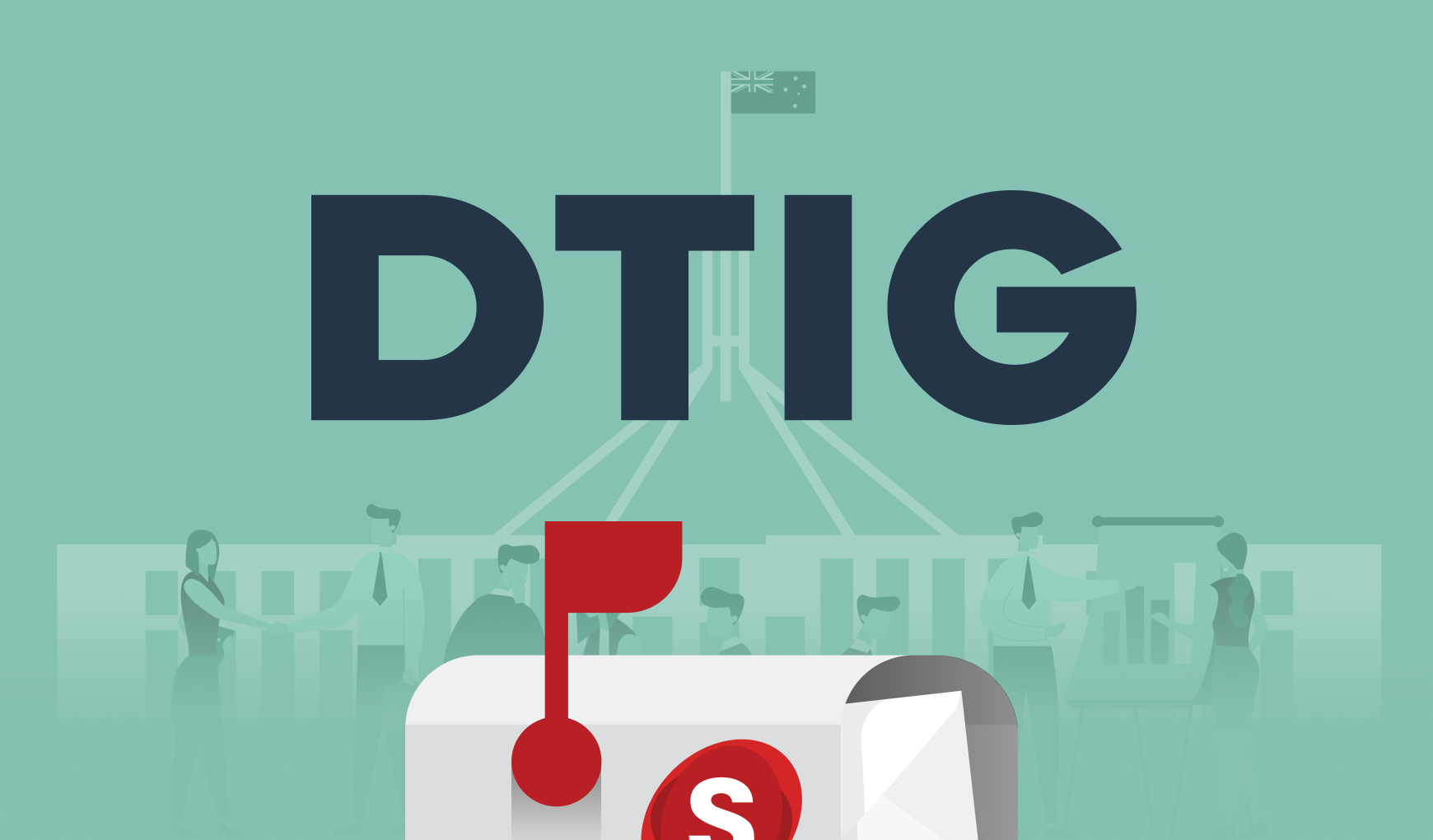What is a digital twin?
A digital twin is an exact digital replica of a living or non-living thing. The ‘thing’ could be an object, process or system. The term was introduced in 2002 by Dr Michael Grieves and John Vickers at the University of . Since then the concept of digital twins has gained traction, especially for its application with the Internet of Things (IoT), when sensors from the real-world ‘thing’ can be used to create the digital twin accurately and cost-effectively. Real-time data from the sensors can also be fed into the twin to ensure it’s always an exact replica of the real world.
Digital twin applications
A digital twin can be used to explore problems, solutions and innovation in the twin/replica, before then applying the learnings to the real object. Digital twins are being used in a variety of industries with many different applications, such as:
Buildings — a digital twin of a building can be used for things like monitoring how changes to the building’s systems will affect the building (e.g. to minimise running costs), and working out the best emergency response and evacuation procedures.
Energy industry — as an example, digital twins of wind farms can help improve the efficiency of wind turbines (read about GE’s twin wind for more information).
Healthcare — a digital twin of a patient (or usually part of a patient, such as their heart) can allow surgeons to practice an operation on the digital twin, an exact replica of the real patient; digital twins are also being used to improve design for various healthcare tools and machines. One specific case study in healthcare is a collaboration between Sim & Cure and ANSYS that uses digital twins of patient’s brains to help surgeons place .
Cities — whole digital twin cities are being created as part of smart city initiatives to improve cities across a number of areas, such as city planning, energy efficiency and traffic management. Singapore’s digital twin is a great example (there’s lots of media coverage on this topic, but for a start you could read the BBC article on digital twin ).
Government uses
Government use-cases often overlap with the applications mentioned above, for example public buildings, city planning, government-run energy projects, and public healthcare.
Digital twins of cities, states or countries are currently being used by several governments. Recent Australian examples include a digital twin for the planned renewal project in Fisherman’s Bend (Melbourne) and NSW’s partnership with CSIRO’s Data61 to build a digital twin of the entire state. These two projects are great examples of digital transformation in government, in Australia, and Data61 also recently launched a mixed reality lab in as part of its digital twin initiative.
More about Fishermen’s Bend digital
A Smart.City_Lab explores Singapore's digital twin and the benefits it can bring to government and citizens, such as simulating emergency situations to experiment with the best evacuation procedures, and city planning (seeing how the city will look with new buildings, gardens, bridges, etc.). The public and private sector is also allowed to use the Singapore digital twin to develop applications. This open setting may help innovation and will also foster collaboration that benefits Singapore and its residents. The UK is also currently in the process of building a digital twin of the whole country (read the NS Business article on UK’s digital ).
What are the benefits?
The overarching benefit is providing an exact replica of an object to experiment on with no physical repercussions or real-world costs. The specific benefits this creates will depend on the application. For example, digital twins of cities can deliver cost savings, improved planning, improved traffic flow, improved road safety, better road projects, an improved citizen experience, etc. The application of digital twins in healthcare and emergency services/procedures will save lives. And in industry, it can improve performance and reduce costs.
Salsa Digital’s take
Digital twin technology is a great example of digital transformation, with the many applications of digital twins within the public sector providing examples of digital transformation in government. Digital twins can deliver many benefits and it’s not surprising government in Australia and around the world is starting to invest in the digital twin technology. It’s another innovative, disruptive technology that we’re looking forward to seeing evolve.

